Farm Management
All Farm Management Content

SDSU Extension Dairy Field Specialist Tracey Erickson to Retire
October 15, 2021
After 31 years of providing education and service to South Dakota livestock producers, South Dakota State University Extension Dairy Field Specialist Tracey Erickson has announced her retirement. Her last day is June 21.
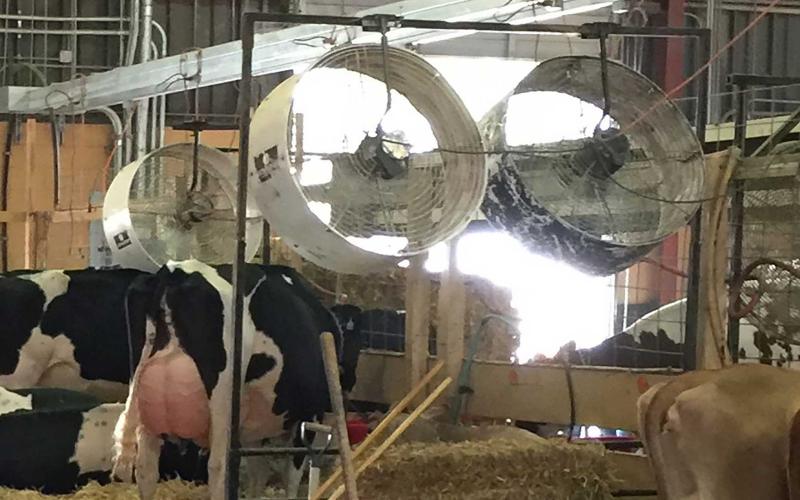
Combating Heat Stress in Lactating Dairy Cows
With summer temperatures and higher humidity levels upon us, dairy producers need enact their heat abatement strategies on farm for all livestock.

Understanding Hay Inoculants and Preservatives on ‘Dry’ Hay
As haying season approaches, producers across South Dakota will begin preparing to get out the baler. In recent years, it has been quite difficult for many producers to put up quality, dry hay. This often results in growers considering using inoculants and hay preservatives.
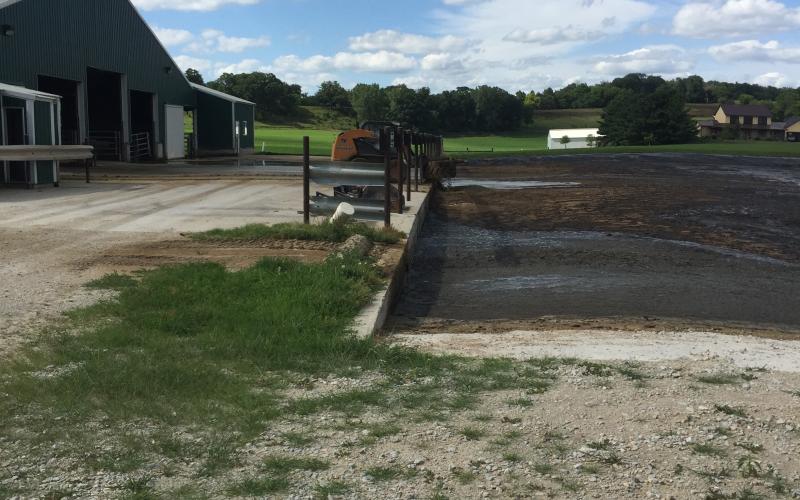
Putting Manure Handling Safety Into Practice
As livestock producers, we should know the dangers of manure pit gases. As safety equipment improves with advancements in technology, we must provide training on proper manure handling safety protocols and the use of equipment.
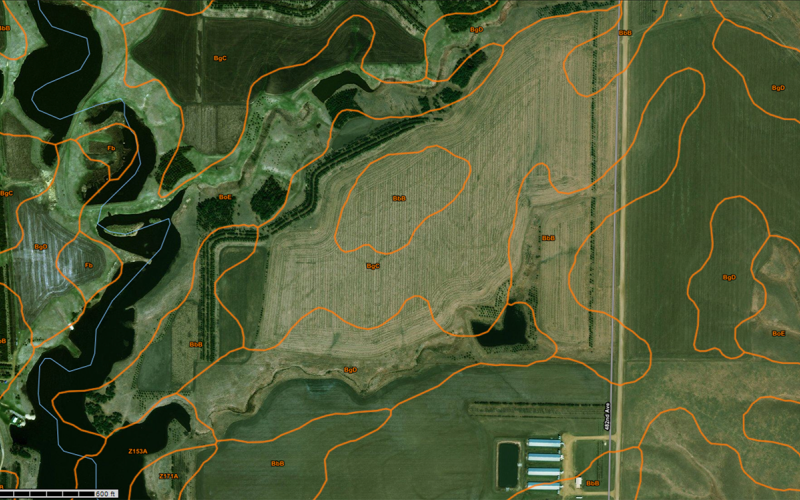
Precision Agriculture and Zone Management
Precision agriculture tools can address the variations in a production system to enhance plant growth and crop yield. Zone management controls the variable rate of inputs for optimal performance within a defined field zone.
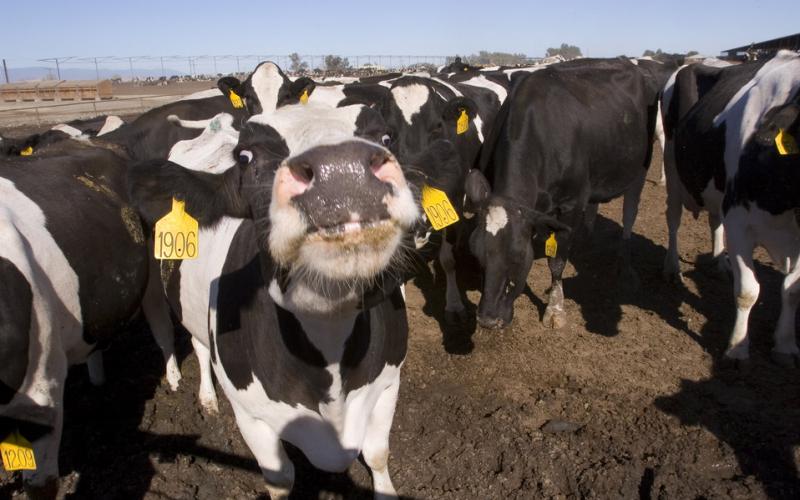
Public Perception and Animal Well-Being
So you ask why is public perception and animal well-being important? Well, did you know that there is just a little over 1% of the population involved in production agriculture, today? Did you know that 98% of the people have no direct connection with how their food is produced?
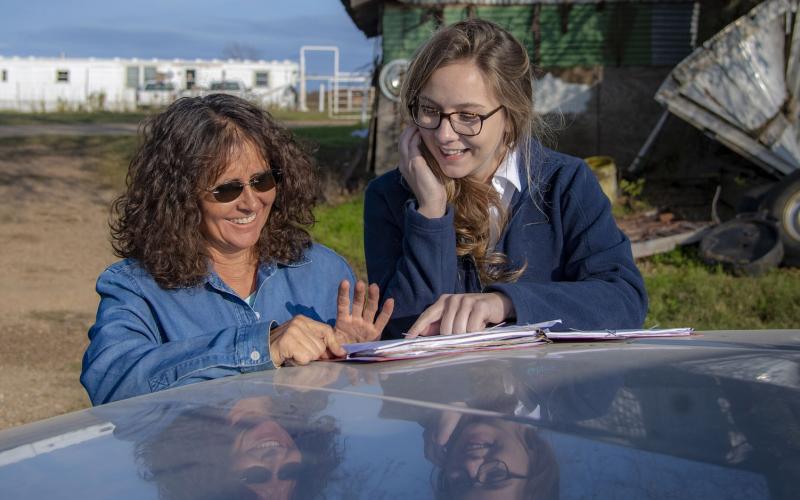
Providing Feedback to Employees
Positive feedback can be motivating. It gives the employee a sense of accomplishment, achievement, recognition, and a sense of importance to the business.
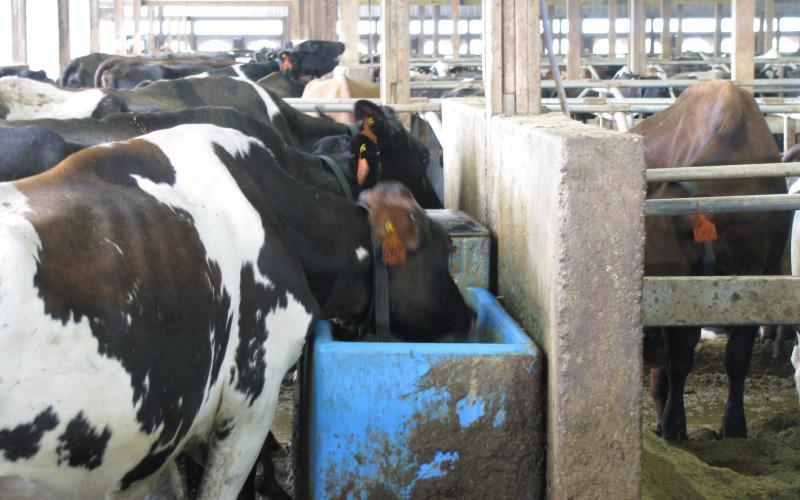
Water Importance in Lactating Dairy Cows
When considering the importance of water in lactating cow diets, we need to remember that milk is 87 percent water, and its consumption is directly correlated with milk production and feed intake. Water also makes up anywhere from 55 percent to 70 percent of the body weight of a lactating dairy cow, depending upon the phase of the lactation cycle.
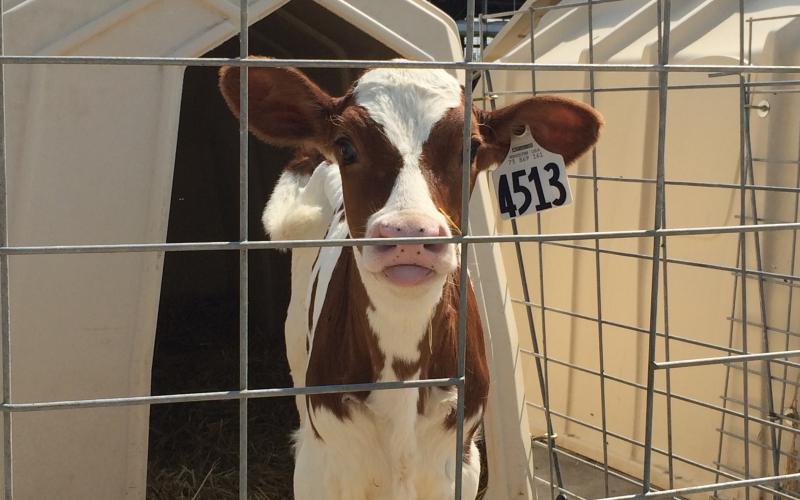
Understanding and Mitigating Heat Stress in Young Dairy Animals
We often don’t focus as much on heat stress in young dairy calves and tend to focus more on cold stress. However, it is just as important and producers or calf raisers should have a plan in place to help mitigate heat stress in these animals also.

Ensuring Quality Milk Replacer Through Proper Storage
Milk is the source of nutrients in newborn mammals. When mother’s milk is not available, a milk replacer is utilized. To ensure the proper growth and health of the young newborn, it is critical provide a quality milk replacer and proper storage of this product is a key component for success.